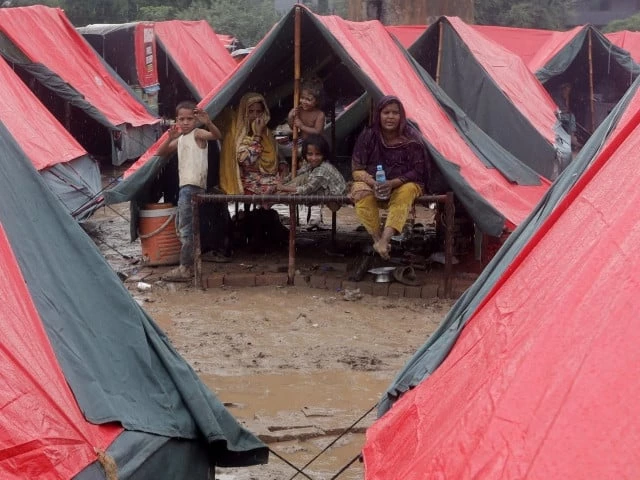Flooding in Punjab: The Unseen Health Crisis
The recent floods in Punjab have brought not just devastation but also a serious health crisis that is unfolding in the background. While officials share optimistic news about the relief efforts, the reality on the ground tells a different story. Residents in hard-hit areas face escalating health issues as flood-related diseases threaten their well-being.
Despite the government’s claims of rescuing nearly 1.9 million people and setting up over 1,000 relief camps, many communities remain isolated. Citizens are struggling to find basic medical supplies, with reports of overwhelmed health units and a severe shortage of essential medicines. A health worker from Narowal, who wished to remain anonymous, shared, “We are dealing with numerous patients in tents, yet we lack sufficient supplies. The official numbers don’t reflect what we see here.”
Since late August, the floods have displaced over two million people in Punjab, submerging thousands of villages and destroying vast acres of farmland. The impact on agriculture is devastating, further exacerbating food insecurity. Health issues are rampant, with rising cases of diarrhoea, skin infections, and diseases like dengue, which has struck over 15,400 individuals in the province. Just in Lahore, more than 9,000 reported cases were registered in a single 24-hour period.
While the Punjab Health Minister insists that medical teams are on high alert and mobile health units are operational, many locals in areas like Hafizabad and Kasur express frustration over the lack of consistent access to clean water and medical assistance. The World Health Organization has raised alarms over the deteriorating sanitary conditions in relief camps, which could lead to further outbreaks of cholera and dysentery.
Critics argue that the government’s response is more about damage control than prevention. An environmental analyst pointed out, “The state was aware of the impending heavy rains, but flood defenses and public health systems were not adequately prepared." As climate change continues to influence extreme weather patterns, with this monsoon season alone witnessing 26% more rainfall than last year, the urgency to strengthen infrastructure and health systems becomes clear.
As the floodwaters recede, the pressing question remains: can relief operations truly address the magnitude of this health crisis? While officials assure that no patient will go untreated, the narratives from survivors paint a disturbing picture of the ongoing struggles in Punjab.
If you want to engage further with insights on relief efforts and sustainable solutions, feel free to connect with Pro21st. We’re committed to raising awareness and supporting those in need during these challenging times.





